What Do You Know About America’s National Parks?
They Are Our Greatest Natural Treasures
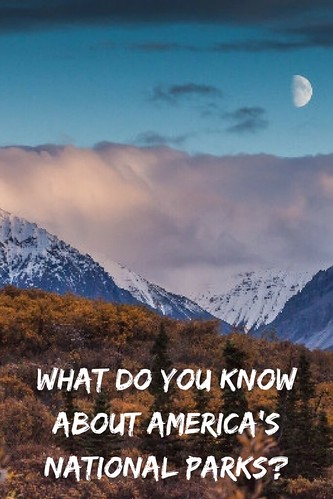
With summer approaching, many domestic and foreign travelers will be flocking to our National Parks for vacation. The vast landscapes, diverse climates, and abundant wildlife America’s extensive park system offers are nothing short of spectacular. There are so many options for visitors, that it is almost impossible to choose just one.
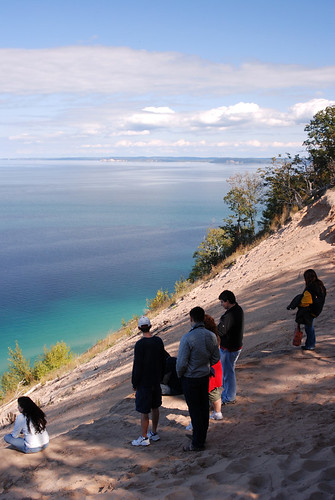
Visitors at Pyramid Point, Sleeping Bear Dunes
How much do you know about our National Parks? Here are some National Park facts to help get you started:
• The US National Park Service was established in 1916 through the National Park Service Act, while Woodrow Wilson was President.
• It is managed under the umbrella of the US Department of the Interior.
• Between 1901 and 1909, Franklin D. Roosevelt, known for his dedication to conservation, signed executive orders to establish 5 National Parks and many Historic Sites. He also signed the Antiquities Act, which made it easier for future Presidents to officially declare Historic Sites and Landmarks into the National Park Service.
• In order for a site to be officially named a National Park, it must follow an Executive Order from the President or be an act of Congress.
• There have been 19 Directors of the US National Park Service; in recent years, 2 have been women.
• It takes more than 21,000 employees and more than 145,000 volunteers to run our National Park System, which includes National Parks, Historical Sites and Monuments. The National Park Service could not operate without the help of volunteers.
• The annual budget for the US National Park System is over $2 billion.
• The complete US National Park System covers more than 84 million acres.
• Alaska and California are the states with the most National Parks; each of these states is home to 8 National Parks.
• The largest National Park is Wrangell-St. Elias National Park and Preserve in Alaska, with more than 20,000 square miles or 13 million acres. It is known for its picturesque glacier landscapes and is home to many grizzly bears, caribou and Dall sheep.
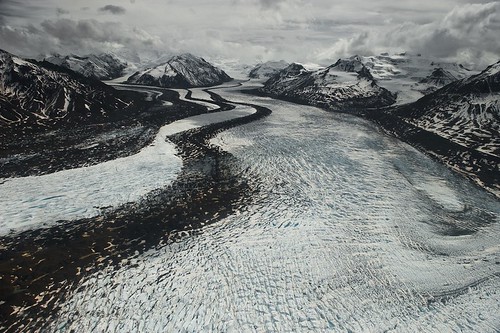
Wrangell-St. Elias
• With only 9 square miles, the smallest National Park in land size is Arkansas’ Hot Springs National Park. A former government operated clinic here was one of the first places in the US to treat patients with penicillin.
• Death Valley is the hottest National Park in the US. This desert reached a record-breaking 134 degrees Fahrenheit in 1913, making it one of the hottest places on earth.
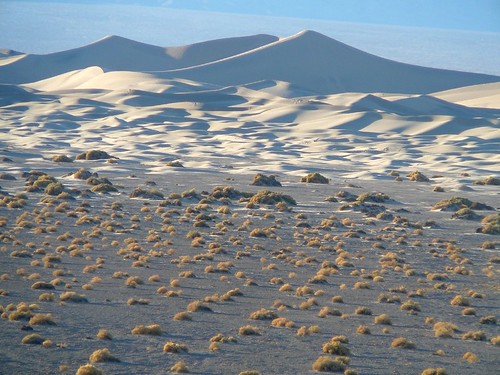
Mesquite Flats, Death Valley
• The oldest National Park, Yellowstone was established in 1872 and is located in 3 different states - Wyoming, Montana, and Idaho.
• The newest National Park, established in 2004, is Great Sand Dunes National Park and Preserve in Colorado.
• The Greatest Depth of the Grand Canyon is just over one mile.
• Yosemite National Park has some of the highest waterfalls on earth. The El Capitan Falls drops some 1400 feet.
• With a depth of 1949 feet, Crater Lake, the deepest lake in the US, can be found at Crater Lake National Park.
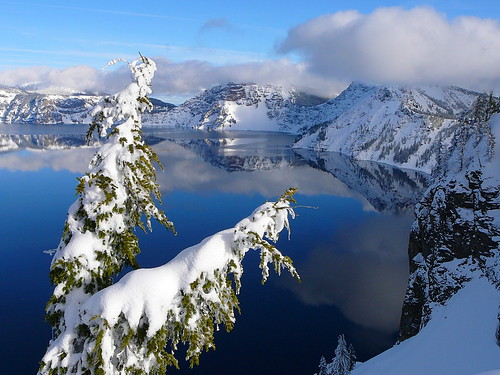
Crater Lake in winter
• Everglades National Park is actually a low-lying, expansive river.
• With just over 1,200 tourists each year, the remote National Park of American Samoa is the least visited of our National Parks.
• Great Smokey Mountain National Park, located in North Carolina and Tennessee, is the most visited National Park with more than 9 million visitors each year.
• In 2017, over 330 million people visited a US National Park.
If you are thinking about visiting one of our 58 great National Parks, check out the National Park Service’s official website. http://www.nps.gov/. Here you can learn all you need to know about lodging, special events, activities for kids, attractions, wildlife, park safety tips, weather, traveling with pets, and so much more.
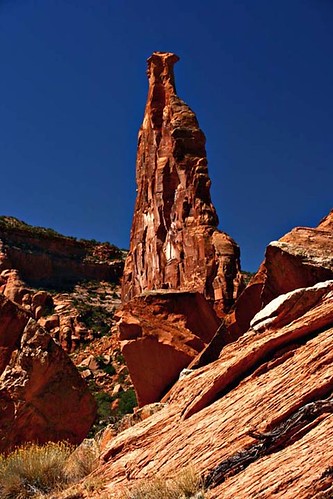
Independence Monument, Colorado
There’s really no better vacation for the entire family than an educational and recreational exploration of one of America’s National Parks. Whether or not you are planning a trip this year, it is fascinating to learn about our nation’s greatest natural treasures.
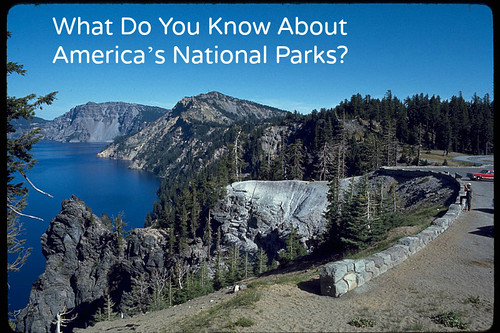
Read more:
Lassoing the Sun: A Year in America's National Parks
Top 10 Free-Range Adventures in America’s National Parks
The First National Park In The World
Joshua Tree: The Complete Guide
The Grand Canyon: The Complete Guide
Through the Eyes of an Educator: National Parks
Expert shares Top 5 Tips to Avoid the Crowds in National Parks
Debbie Glade/smartpoodle is the Geography Awareness Editor for Wandering Educators.
Photos: National Park Service Digital Image Archives, two of which are adapted by Wandering Educators
Note: This article was updated in 2018.
